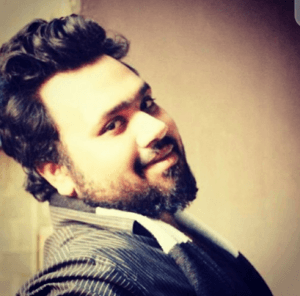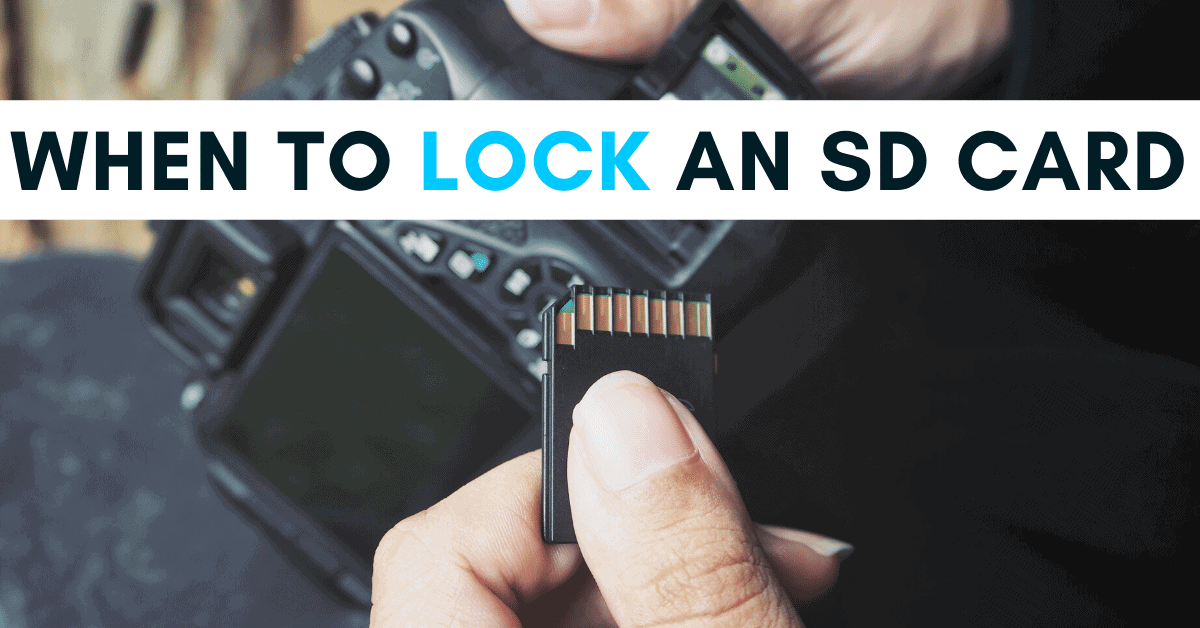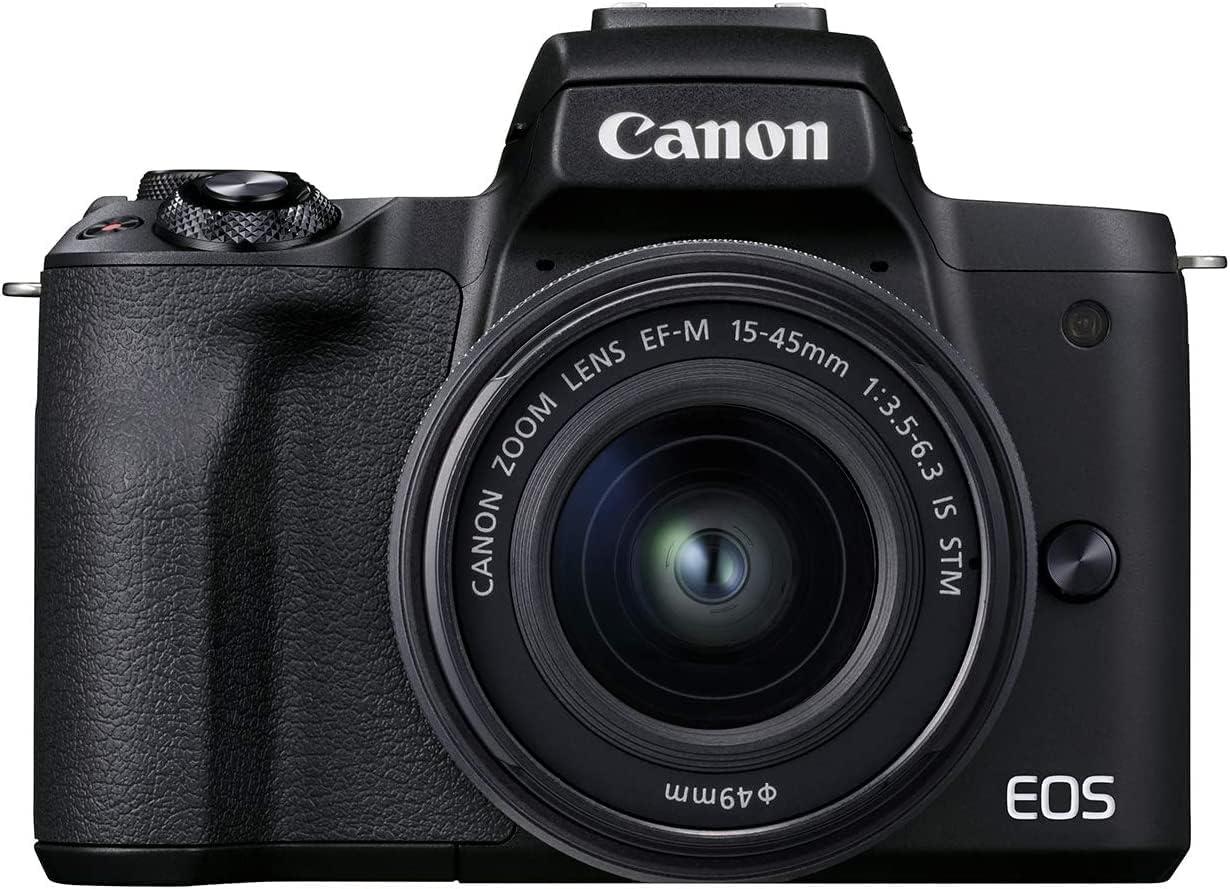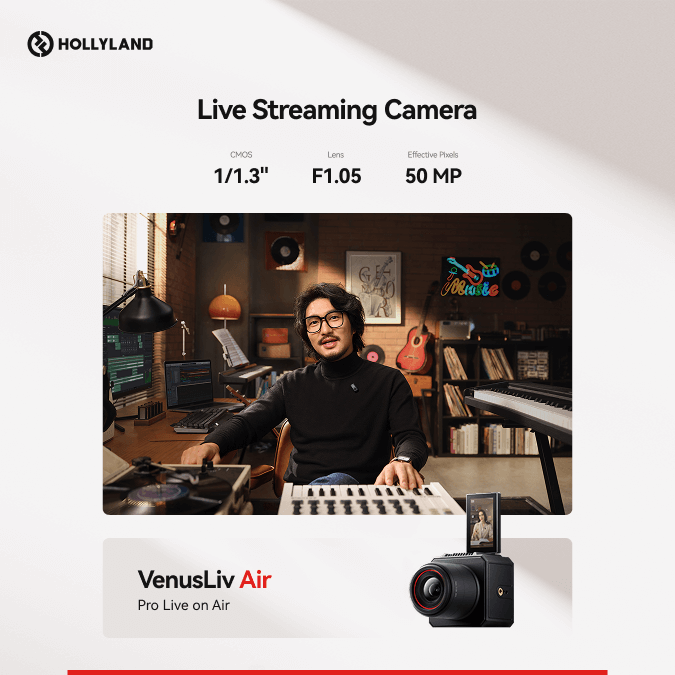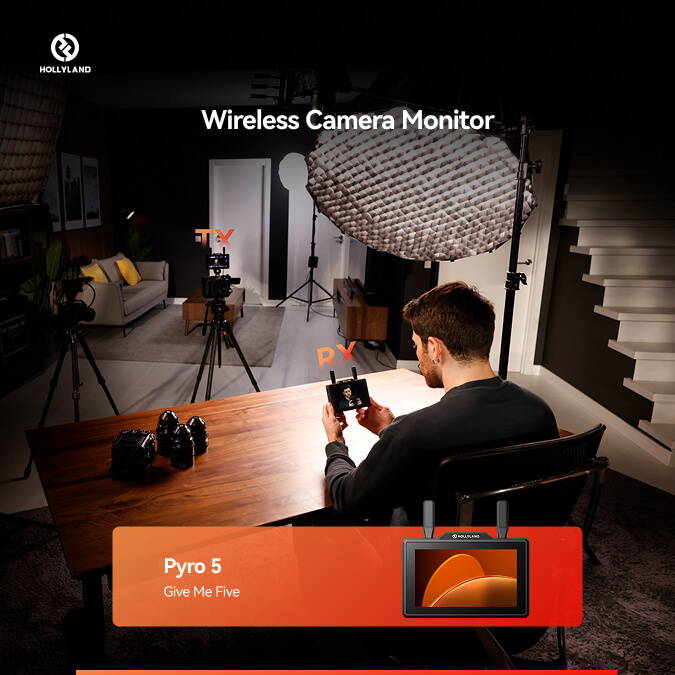Do you imagine starting your podcast, but you don’t know how to start? Lots of people face the same thing. Most beginners get bothered by all the equipment, setup and technology to sound professional. The good news is that you can start with just simple equipment and without much money.
All you really need is proper equipment, a simple setup and a plan. This article will teach you how to set up a podcast studio from the beginning, even if costs are limited. Read on to learn more.
1. Choose the Right Recording Space
Let’s be real, great audio starts with a great space. You don’t need a studio built into a basement, but you do need a room that’s quiet and free of distractions. What makes a good podcast room?
- Quiet: No traffic, TV, or noisy appliances.
- Soft surfaces: Carpets, curtains, and furniture help absorb sound.
- Small and cozy: Avoid large, echoey rooms.
Pro tip: If you’re recording at home, pick the quietest room possible. Close windows, turn off fans, and ask your dog to take a break from tap dancing across the floor.
2. Pick the Right Microphone (You Don’t Need to Break the Bank)
Your mic is your best friend. You don’t need the most expensive one, but you need one that captures your voice clearly.
Great beginner-friendly mics:
- Sennheiser Profile USB Mic: Plug-and-play with amazing clarity.
- Blue Yeti: A favorite among new podcasters and always on sale.
- Fifine K669B: Budget-friendly and still sounds great.

USB vs XLR:
- USB mics are easy to use; just plug them into your computer.
- XLR mics are more advanced and need extra gear like an audio interface.
Don’t overthink it. Start with a decent microphone. You can always upgrade later!
3. Use Monitoring Headphones
Headphones help you hear exactly what your audience will hear. They keep things sounding clean and help you spot problems before it’s too late. Why use headphones?
- Catch background noise as you record.
- Avoid echo or mic feedback.
- Ensure crisp, clear playback.
Wired over wireless: Bluetooth headphones might cause delays. Stick with reliable wired ones like Sony MDR-7506 or Audio-Technica ATH-M20x.
4. Add Good Lighting and Camera Setup (Optional but Helpful)
If your podcast includes video, or you want to repurpose your content on YouTube or social media, lighting is key.
Smart lighting tips:
- Don’t sit with your back to a window.
- Use natural light if you can.
- If needed, get a softbox kit or a ring light (as cheap as $25!).

Using your phone as a webcam? Try apps like Camo (iPhone) or DroidCam (Android) to turn your phone into a pro-level camera.
5. Pick Your Podcast Recording Software
Good software makes the whole process easier. You want something that can record, edit, and export your episodes with ease.
Popular tools:
- Podcastle: All-in-one browser-based platform. Great for beginners.
- Audacity: Free, open-source, and perfect for audio-only recordings.
- Zencastr or Riverside.fm: Ideal for remote guest interviews.

Podcastle even has AI-powered tools to clean up your audio and remove background noise with a single click. Can’t beat that!
6. Elevate Your Camera with a Laptop Stand
Want to look more confident and connected on camera? Then you’ve got to get your angles right. Believe it or not, where your camera sits makes a huge difference in how people see and hear you.
Why It Matters:
If your camera is too low, guess what? You’ll end up looking like you’re staring down at your audience. Not a good look. No person wants to experience being patronized by either gesture or words. A bad angle can make your face look funky or have shadows in unexpected areas.
Set your camera to eye level; it feels like you are sharing a conversation with someone personally. It builds trust and keeps your listeners (and viewers!) engaged. Here’s What to Do;

1. Use a laptop stand:
That’s the easiest fix. A good stand lifts your laptop or webcam up to the perfect height, right at your eyes. It also improves your posture. No more hunching or craning your neck! No laptop stand? No problem.
You can:
- Stack books
- Use sturdy boxes
- Try a shoebox (yep, that works too!)
- Just make sure it’s steady and doesn’t wobble while you talk.
2. Bonus Benefits:
- Eye-level recording looks professional.
- It prevents neck and back pain.
- Your background lines up better (no more weird ceilings in view).
- It helps keep you centered in the frame.
Pro Tip: If you’re using your smartphone as a webcam, grab a small tripod or phone clip. These cost just a few bucks online and can really level up your setup, literally!
7. Use Free Tools to Clean Up Your Audio
Want your voice to sound polished without hiring an engineer? No problem. Here’s how you can do it in Audacity, a free audio editing tool. Here is step-by-step audio cleanup:
Step 1. Remove background noise
- Open your audio file in Audacity.
- Highlight a section of just background noise.
- Go to Effect > Noise Reduction > Get Noise Profile.
- Select the full audio and apply the noise reduction.


Step 2. Boost and balance the sound
- Click Effect > Filter Curve EQ.
- Apply Bass Boost to add warmth.
- Then apply Treble Boost to add clarity.



Step 3. Playback and fine-tune
- Listen back and adjust if needed.
- If it sounds too sharp or too flat, re-tweak the EQ.
- Just a few tweaks and boom, your voice sounds like a pro.
8. Think About Your Background
Your podcast setup is more than just sound, especially if you’re recording video. Your background tells your viewers who you are.
Tips to make it pop:
- Add items that show your personality: books, plants, art.
- Avoid clutter or weird items (say no to creepy family portraits ).
- Keep it simple, clean, and on-brand.
For example, a gaming podcast might show consoles or posters in the background. A business podcast? Keep it sleek and tidy.
9. Test Your Setup Before Recording
Before you hit that red button and go full podcast hero mode, do a test run.
Run a checklist:
- Is your mic working?
- Are your headphones plugged in?
- Is your lighting okay?
- Is your software recording?
- Is your background clean and clear?
Record 30 seconds, play it back, and make adjustments. Better to fix things before you spend an hour recording a masterpiece with the mic off!
10. Save and Back Up Your Files
The last thing you want is to lose your episode after a perfect recording.
What to do:
- Save files as WAV or high-quality MP3.
- Backup to cloud storage (Google Drive, Dropbox).
- Consider keeping a copy on an external hard drive.
- One backup is good. Two backups? Even better.
Bonus: What’s in a Beginner’s Podcast Kit?
Here’s a quick gear list to get your studio up and running without emptying your wallet.
Starter Kit:
- USB Microphone ($50–$100)
- Wired Headphones ($20–$50)
- Laptop Stand ($15 or DIY with books)
- Ring Light ($25–$50)
- Free Recording Software (like Audacity or Podcastle)
- Sound-absorbing items (pillows, rugs, curtains)
You can set up a basic studio for under $200. That’s less than a weekend getaway and way more rewarding!
FAQs:
Question 1. Do I need a professional studio to start a podcast?
Answer: Nope! You can record from a quiet room in your home. Just make sure the space is echo-free and distraction-free.
Question 2. What’s the best cheap mic for beginners?
Answer: Try the Blue Yeti or Sennheiser Profile. They plug straight into your computer and sound great without breaking the bank.
Question 3. Do I need both a mic and headphones?
Answer: Yes! Mics record your voice clearly, while headphones help you monitor sound and catch problems early.
Question 4. Can I record a podcast using my phone?
Answer: Absolutely! Set up your phone as a recording or camera device using apps like Camo or DroidCam which are free. Just make sure you’re in a quiet space.
Question 5. How important is editing my podcast audio?
Answer: Very! Just a little editing can give your podcast polished and prepare it for others to hear. Use free tools like Audacity to clean things up.
Final Thoughts:
You don’t have to be frightened or spend a lot to start your own podcast studio. Instead of aiming for perfection, look for improvements. Setups that let you express yourself clearly, speak well and interact with your audience are already effective. Go and record and unleash your creative ideas to the world.
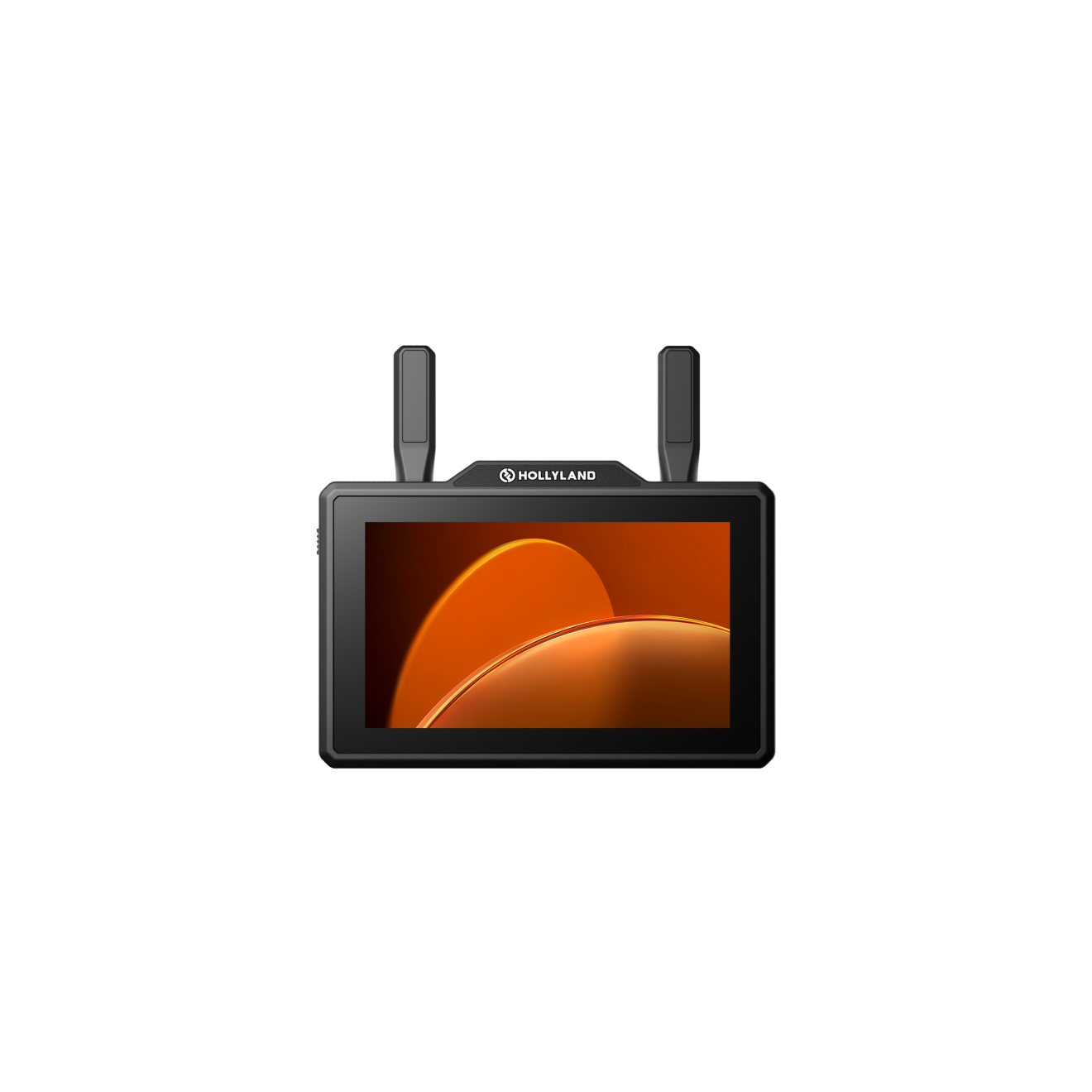
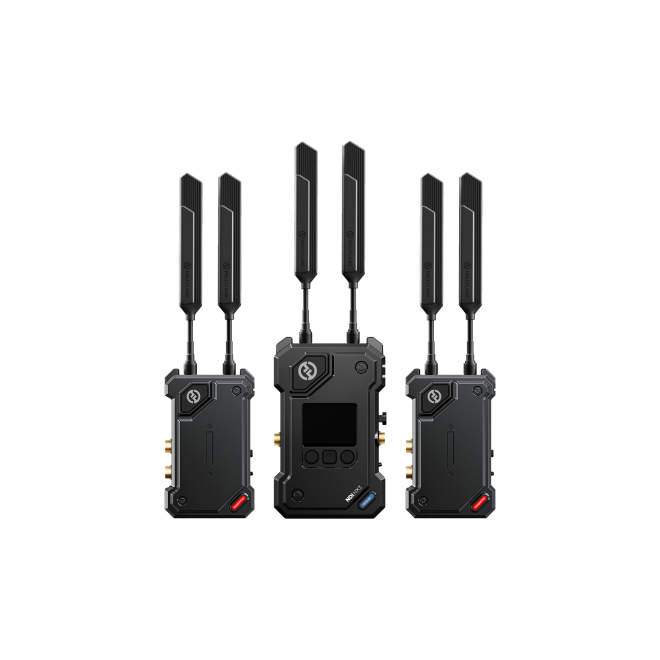
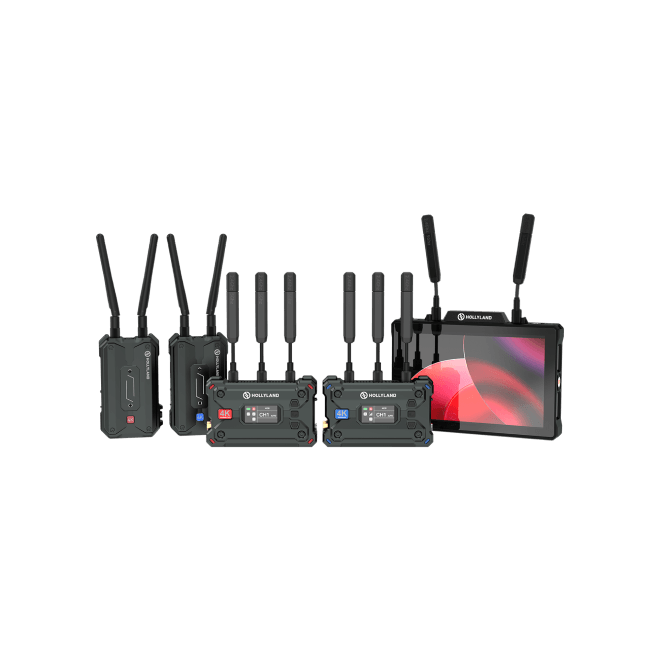
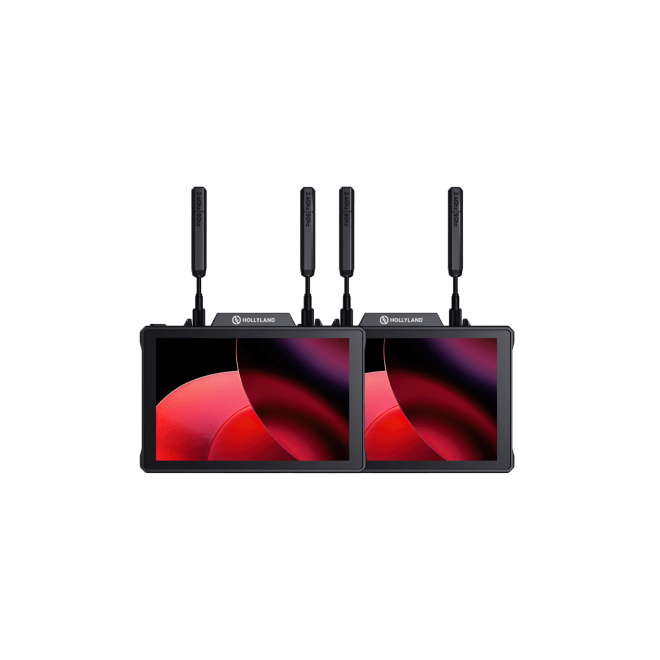
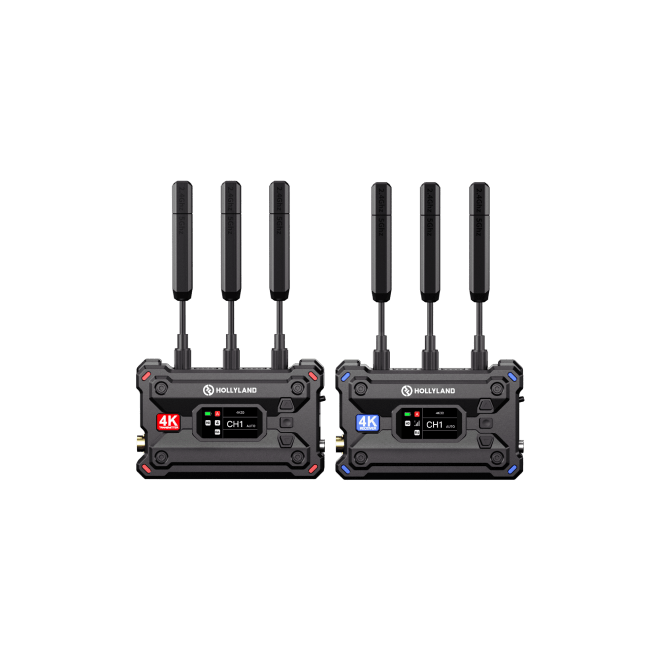
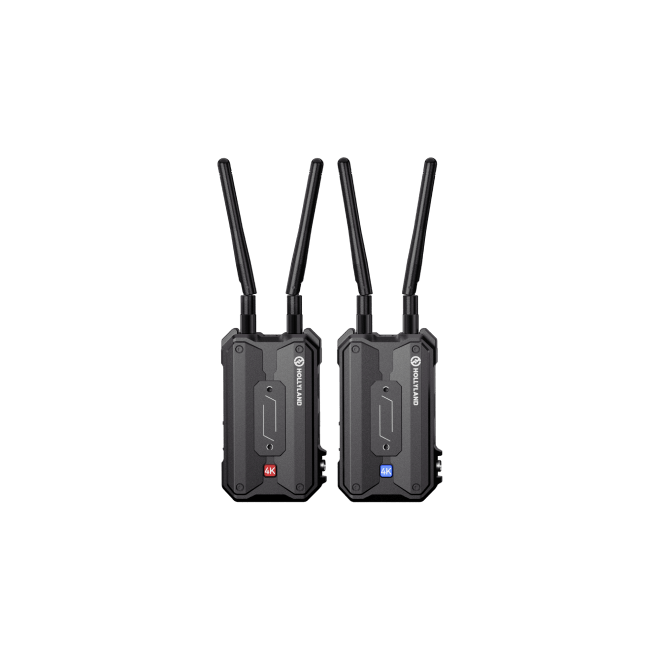
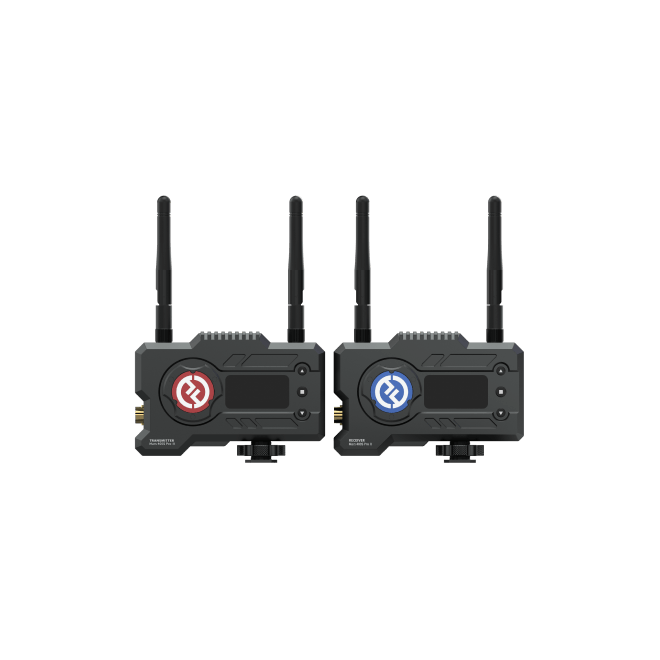
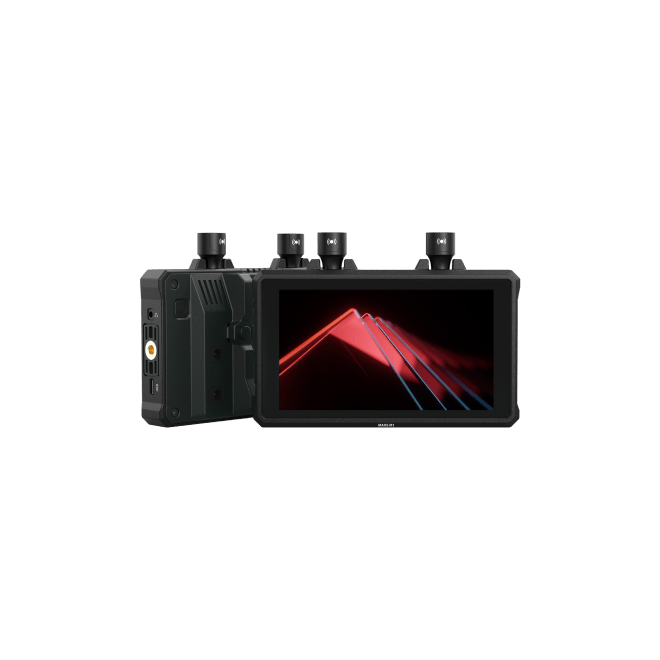
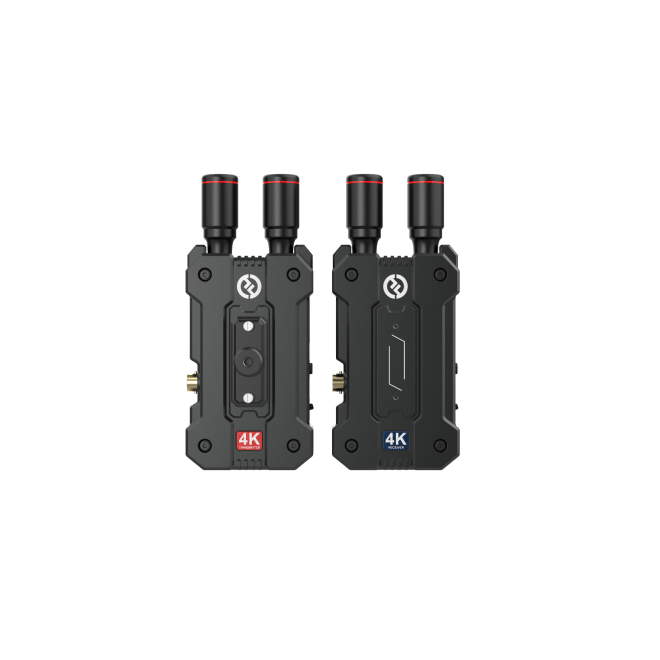
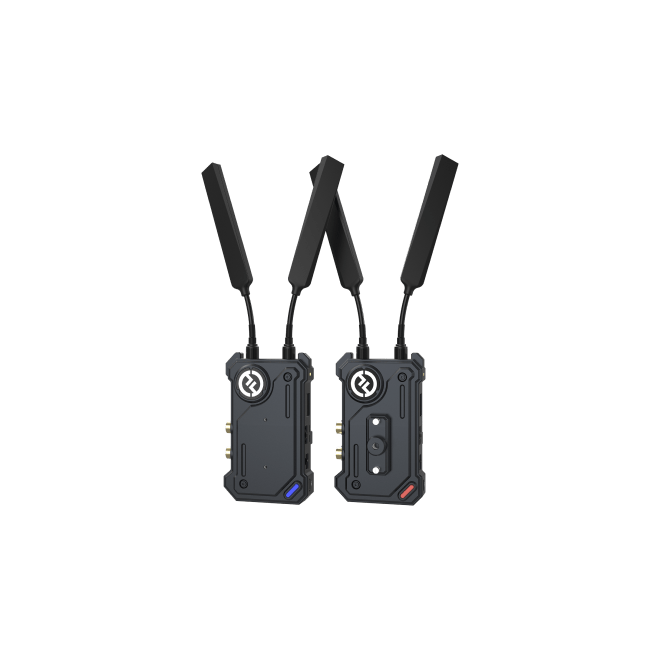
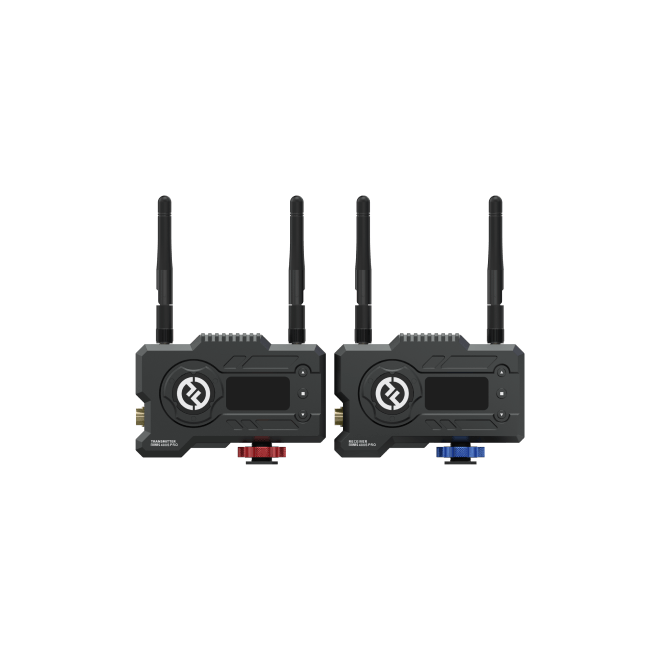
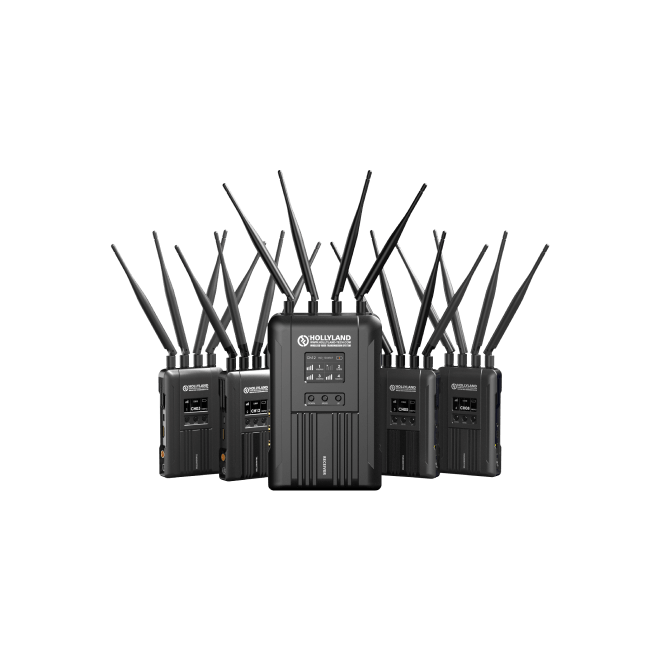
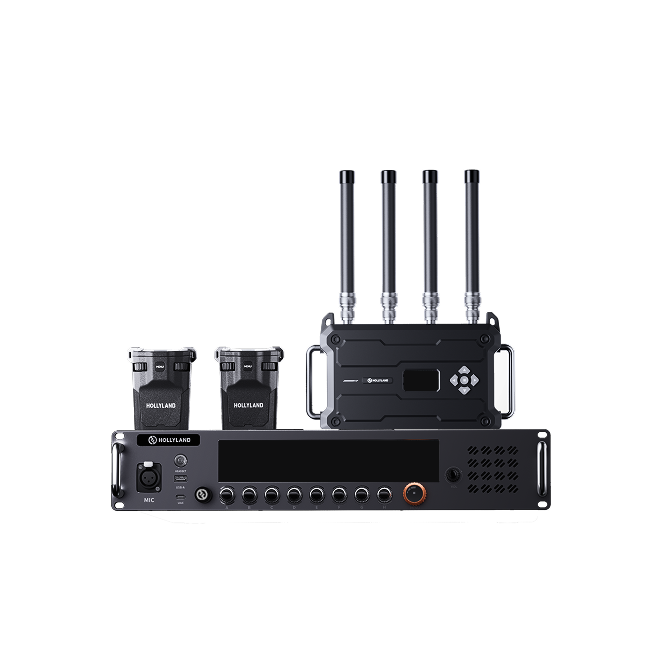

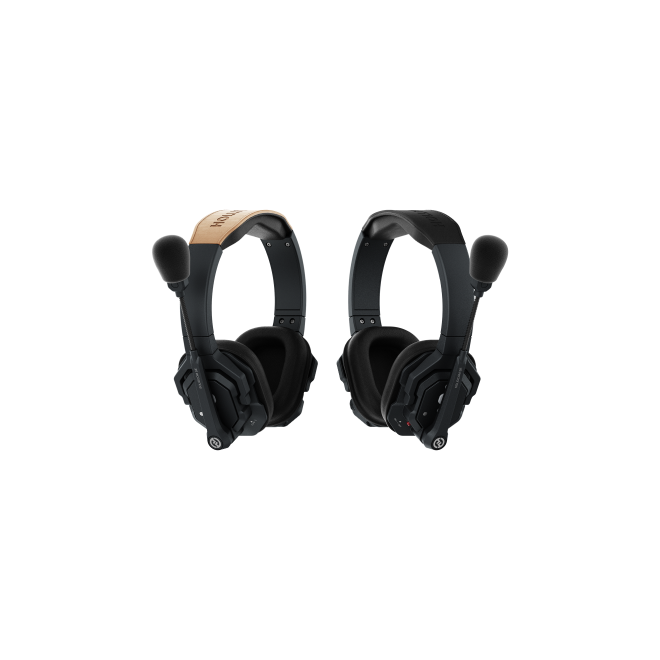

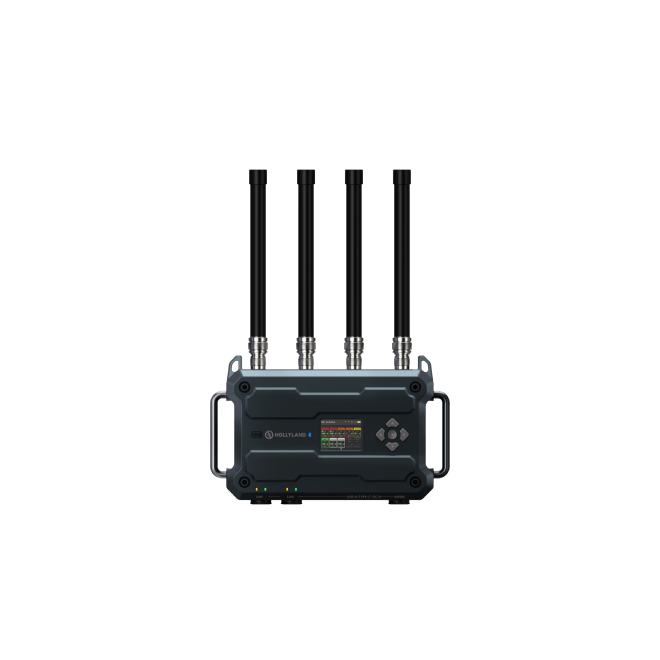
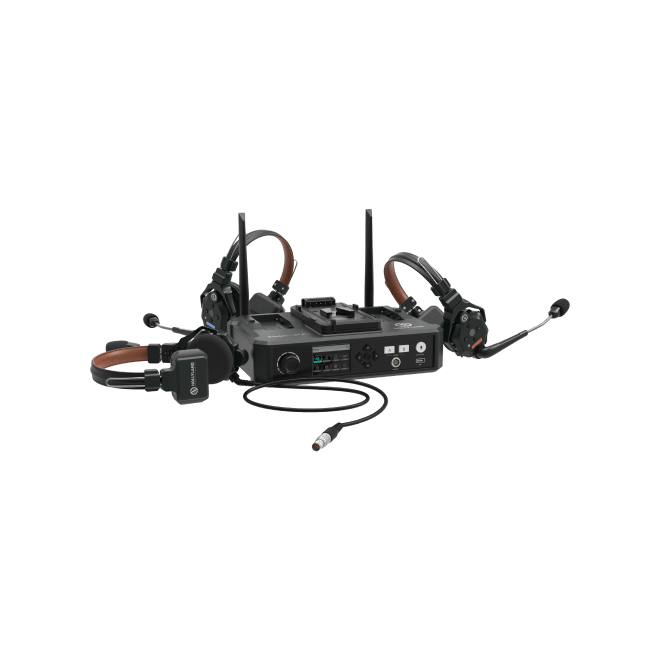
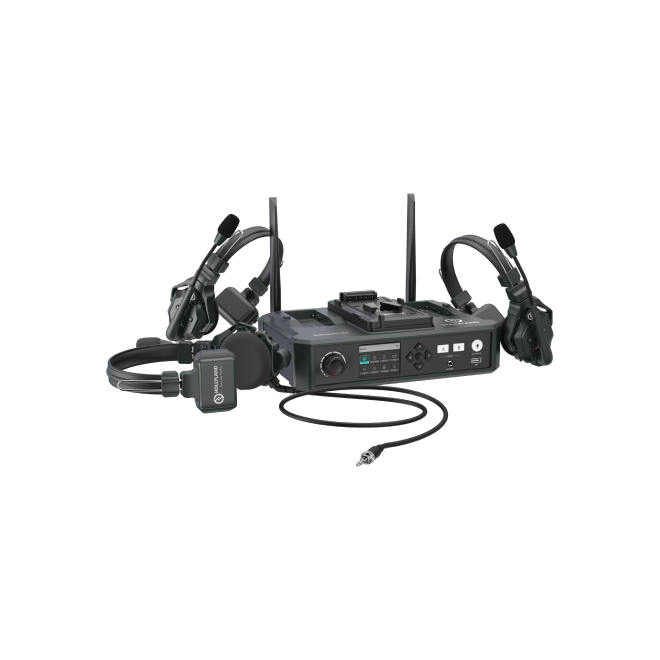

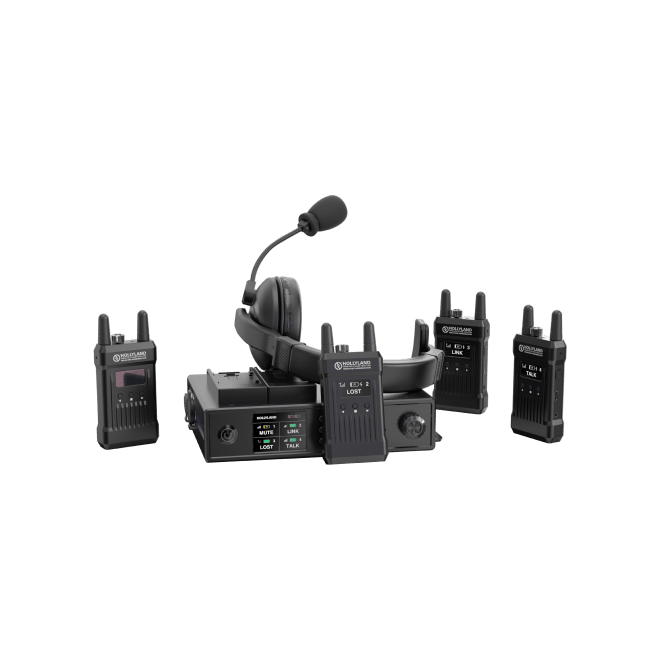

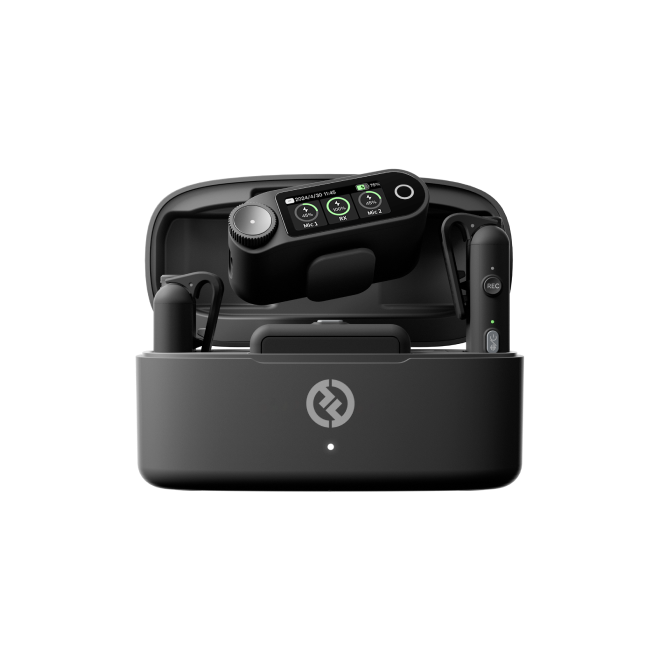
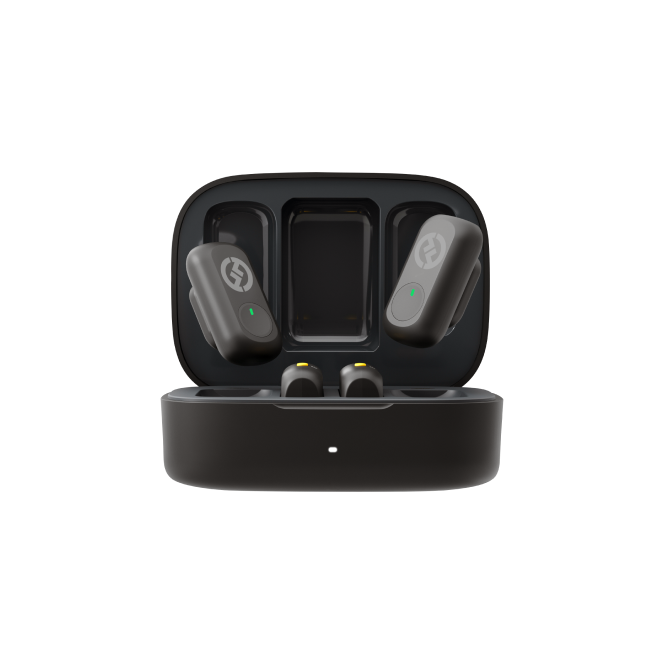

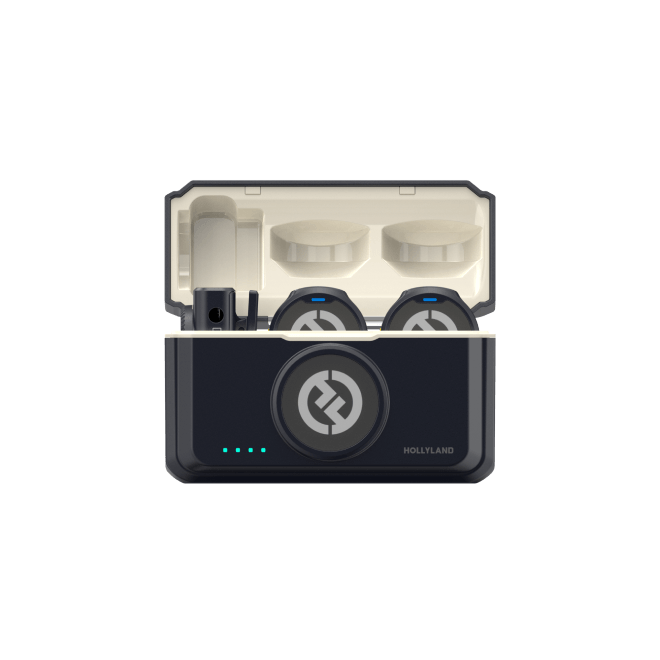
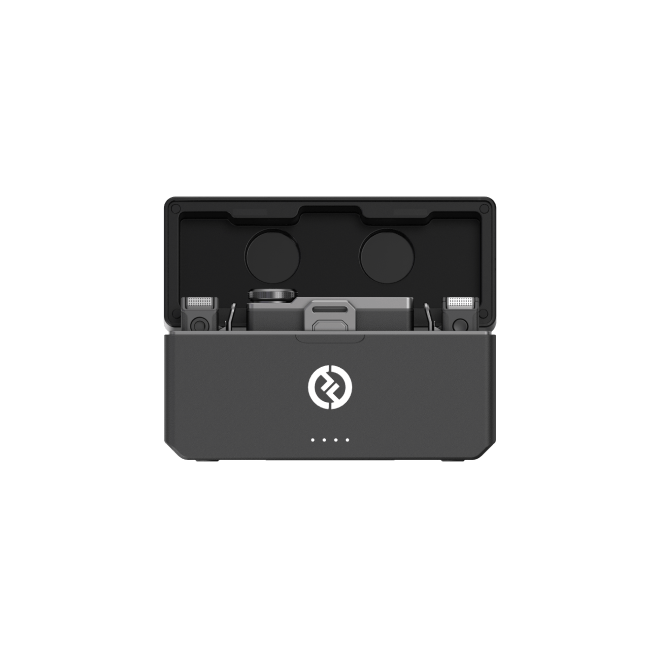
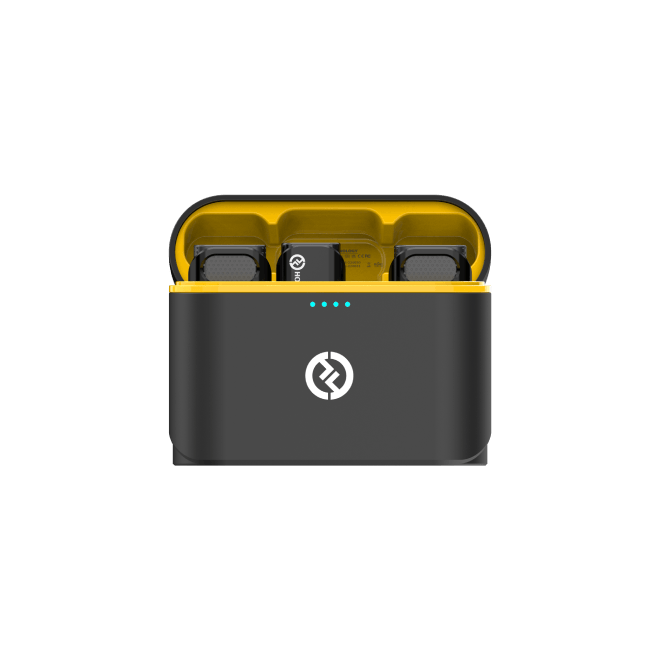
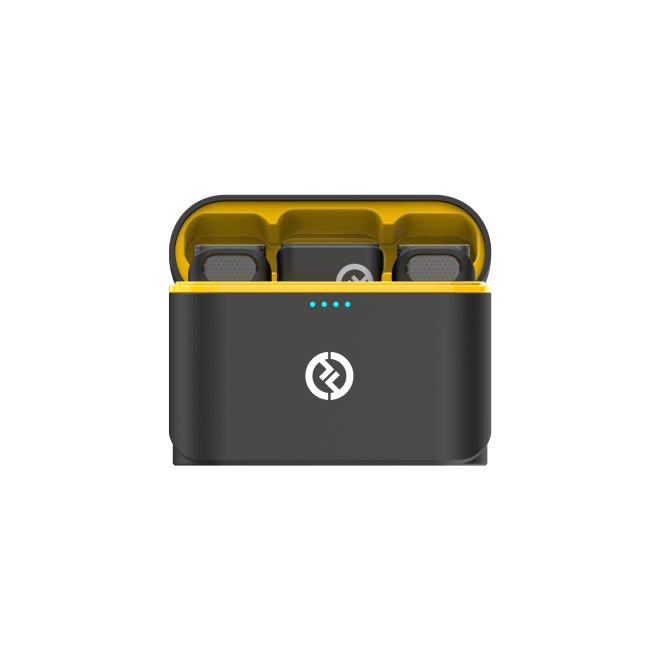
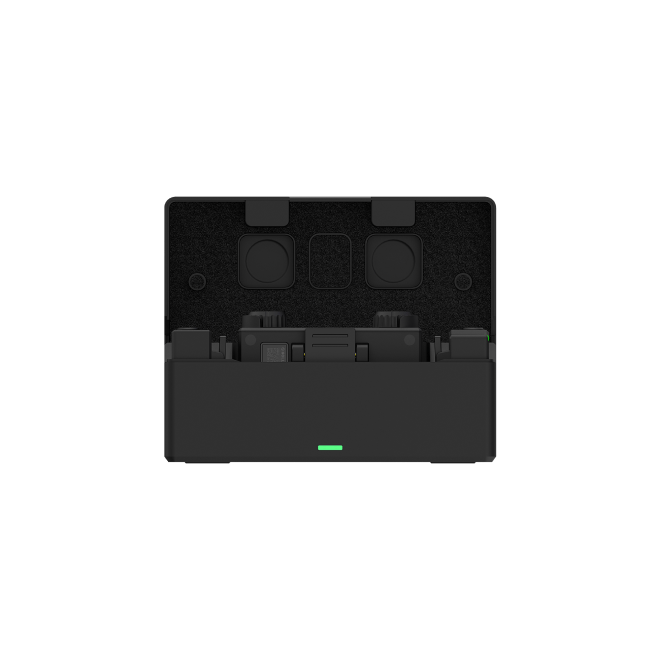

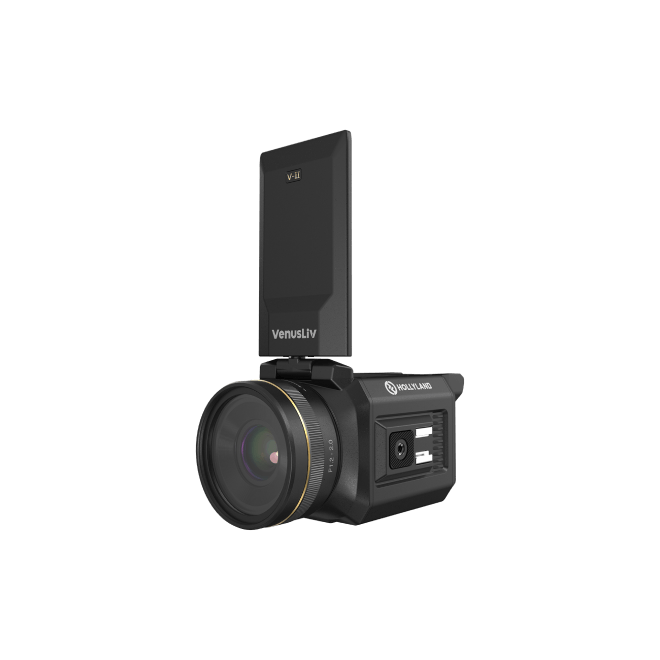
.png)

